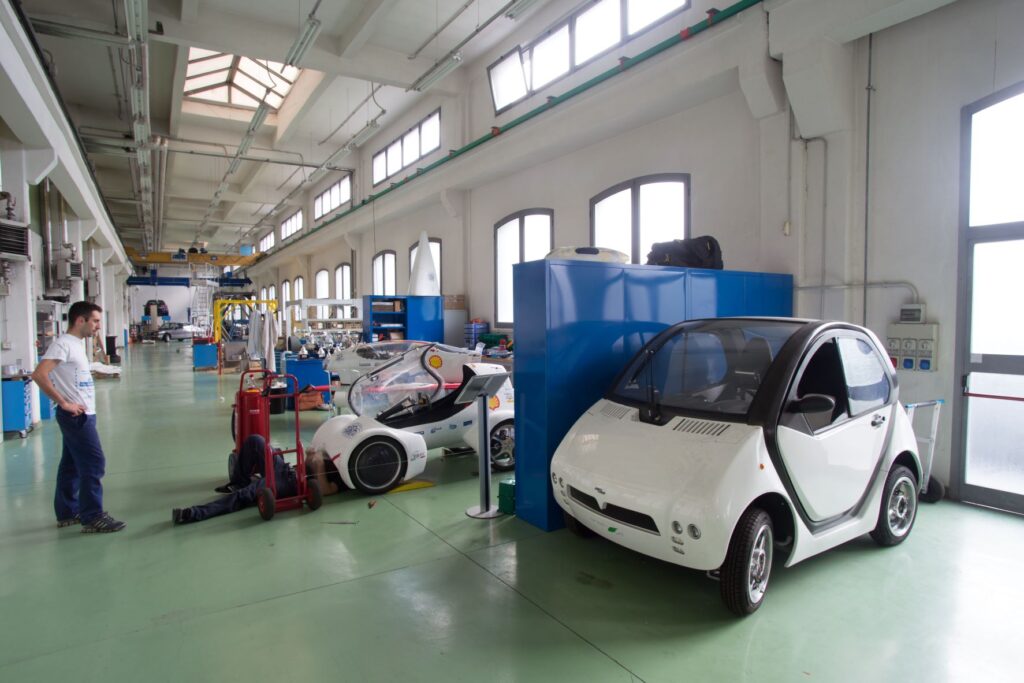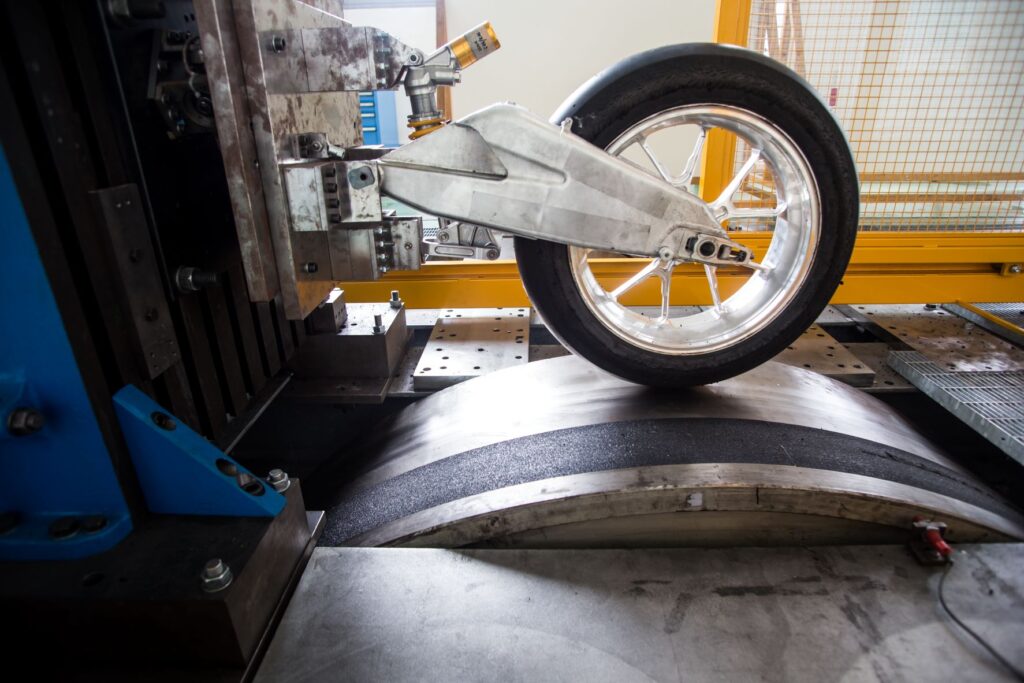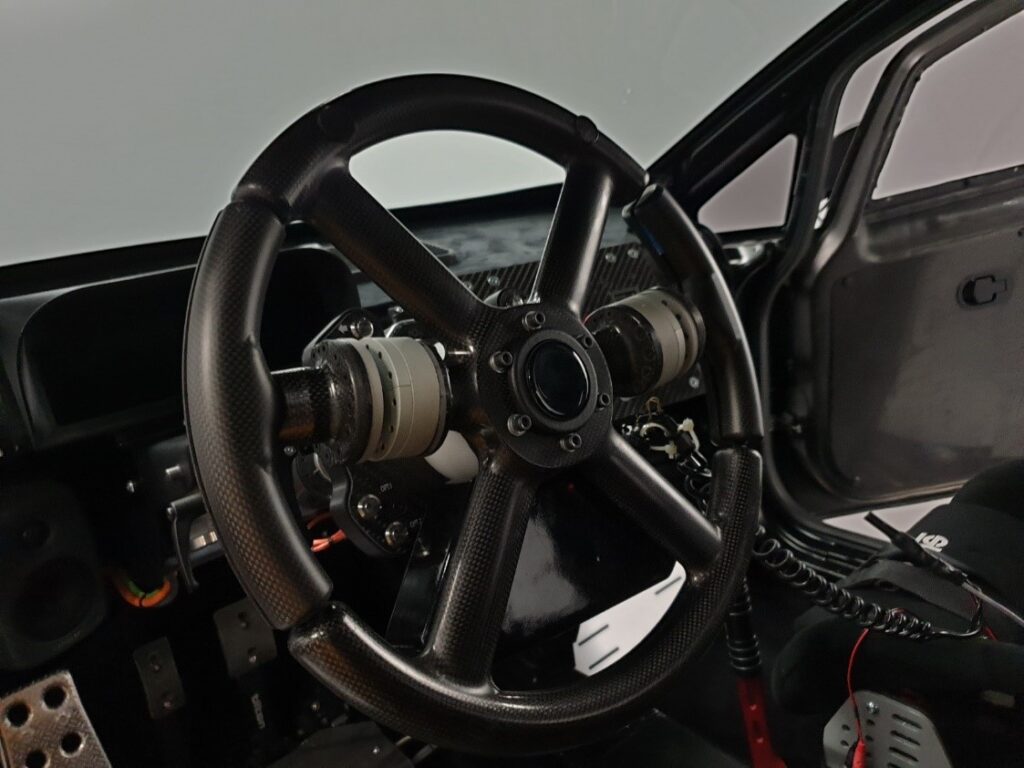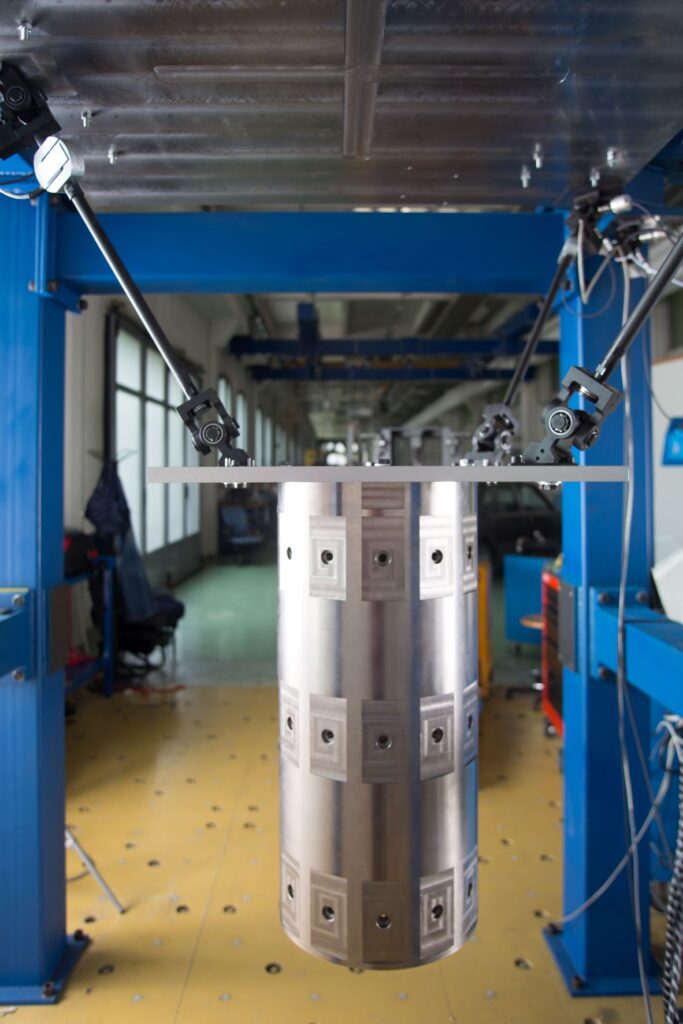At La.S.T. we test the vehicles’ components fundamental for safety
Did you know that the world’s leading car manufacturers test their new vehicles at the Politecnico?
In fact, one of the sections of La.S.T., Laboratory for safety of transport systems, deals with improving the active safety of vehicles – not only cars, but also motorcycles, bicycles and aircraft. To test the driveability and stability of the vehicles, the laboratory measures, even at very high speeds, the various components and sub-assemblies: from inertial properties, to the limits of wheel grip and traction and braking systems.

Some of these systems are based on the patents owned by the Politecnico, such as instrumented wheels, which evaluate in real time the forces exchanged between the tyre and the road. Due to this characteristic, the wheels are used to improve performance in motorcycle competitions.

The active safety section of LaST also helped achieve a world record: in 2011, the Shell Eco Marathon team designed and built at the Politecnico a three-wheeled carbon vehicle that travelled 688 miles with one kilowatt hour, thus setting the world record in consumption for a solar vehicle.


All the laboratory activities are developed in collaboration with the students; in the video, we hear all about them from Gianpiero Mastinu, professor of Ground Vehicle Engineering, and Massimiliano Gobbi, professor of Vehicle Design (Optimal Design).
